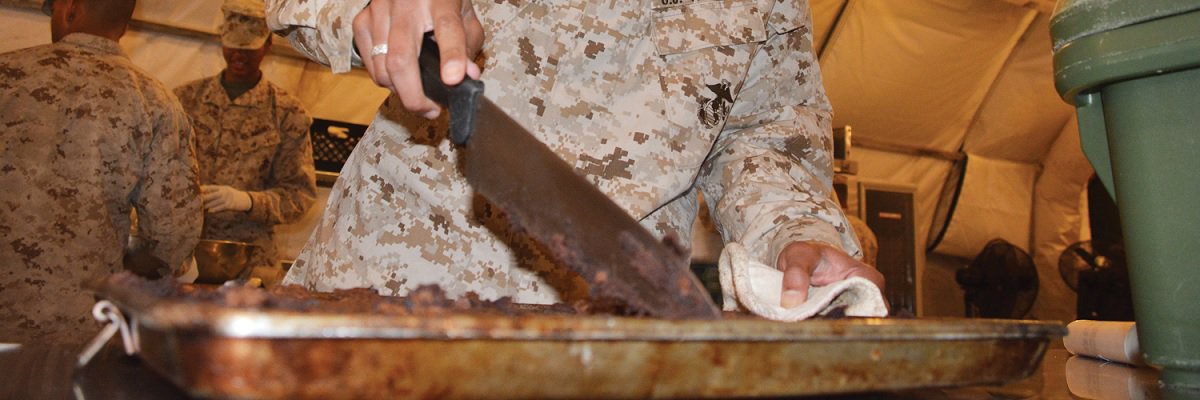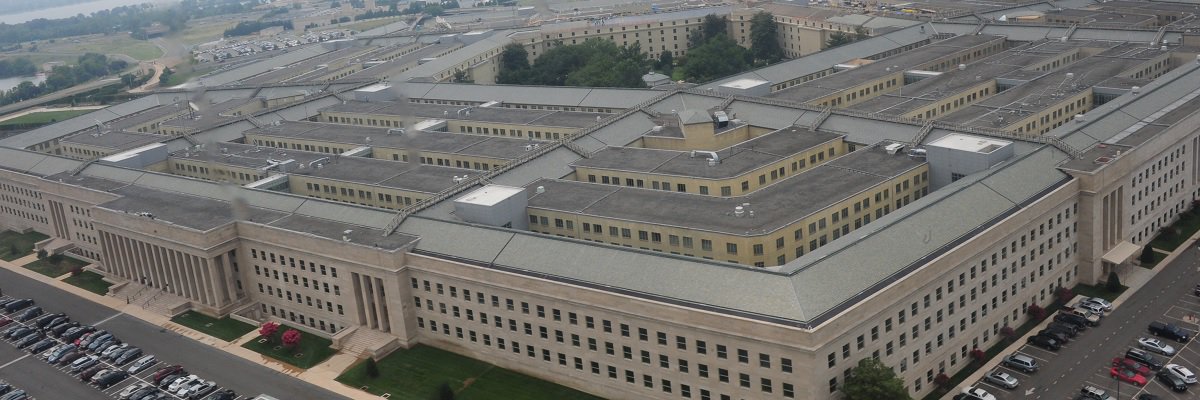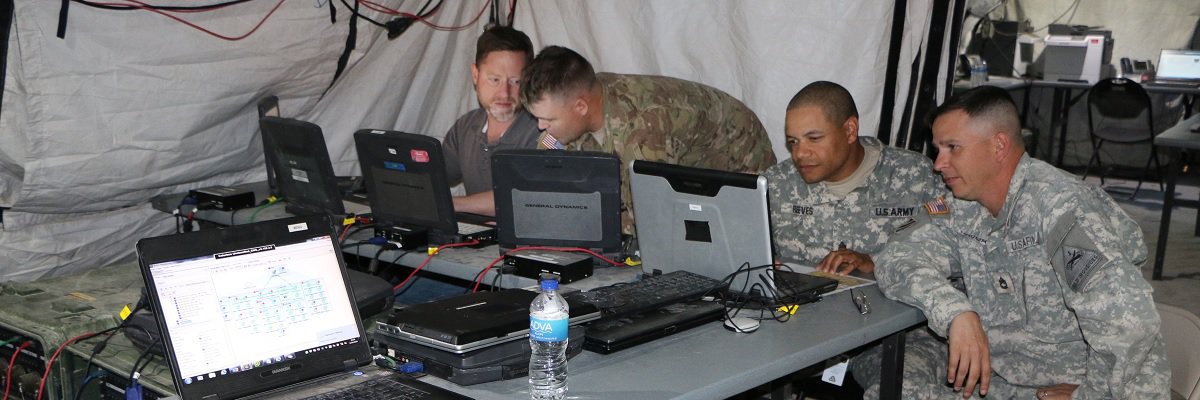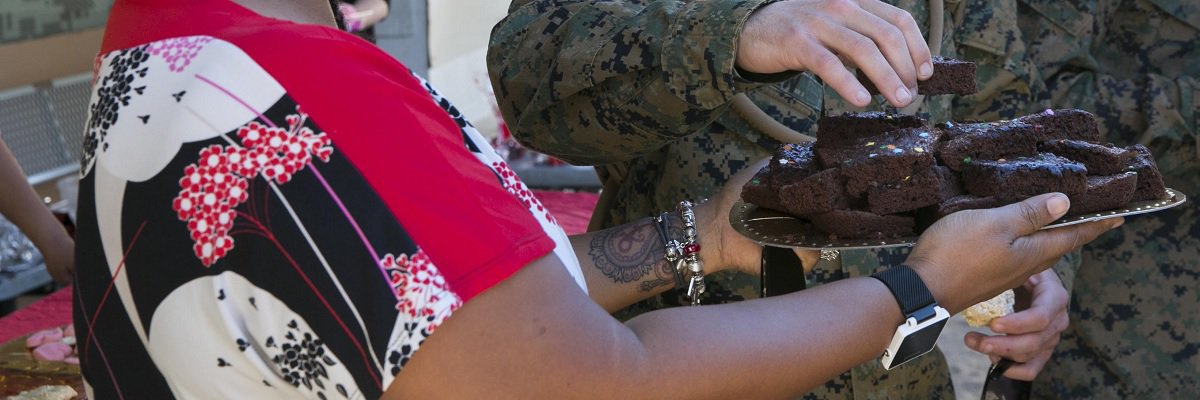After the Reagan administration barred journalists from covering the 1983 invasions of Grenada, a panel conjured the idea of using a press corps sanctioned by the Department of Defense to cover military activity.
This designated press pool idea came under scrutiny during the U.S. invasion of Panama in December 1989, dubbed “Operation Just Cause.” A 1991 review shows a lack of cooperation from the Pentagon and criticizes then-Defense Secretary Dick Cheney for excessive concern over secrecy at the expense of crucial coverage.
The report, authored by AP reporter turned assistant secretary of defense for public affairs, Fred Hoffman, outlines a choppy relationship between military officials and the designated press corps, who were sent to Panama only after the action in the short invasion was well under way.

Beyond arriving late to the dance, Hoffman’s report notes that reporters encountered a slew of barriers as they tried to cover ongoing combat. Military brass shuttled reporters to press events that had nothing to do with combat, ordered special operative soldiers to “shun” the press, and failed to coordinate resources to transport reporters to active conflict areas.
Hoffman also cited concerns over the decision to build a press corps out of reporters from Washington, D.C. rather than using press already stationed in Panama who were familiar with the escalating situation.

The report provides a detailed timeline of events and illustrates the shortcomings of Pentagon efforts to provide meaningful press access to the brief war in Panama: a pesky faxing process, constant tardiness, and inadequate transportation of materials from Panama to U.S. news bureaus.
Some criticized the DoD sponsored press unit as a Pentagon tactic to shape the news coverage coming from areas with U.S. military activity but Hoffman found no evidence of foul play.

But Hoffman reported nothing but praise from military brass regarding the designated press corps, and he remained optimistic about the future of the idea.

Hoffman concludes by making 17 recommendations to the department for improving the effectiveness of a dedicated DoD press pool, including semi-regular training for reporters who are likely to be working in combat areas.

In 1990, the New York Times also covered the report and the Pentagon’s failure to effectively make use of its hand selected press unit.
Amidst ongoing military engagements around the world, the status of journalists covering U.S. military action is still a point of contention between news organizations and the military. News organizations want access while the military insists that operational security is paramount. Some embedded journalists sign contracts and travel with a military unit while modern communications allows others to roam solo. But an official “press pool”, as it functioned in Panama, is no more.
Read the full report embedded below, or on the request page.
Image via Wikimedia Commons




